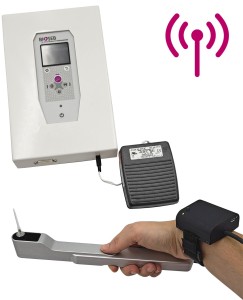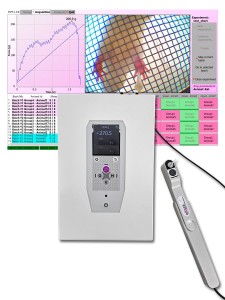Authors
R D'Amico, M Cordaro, R Siracusa et al
Lab
Department of Biomedical and Biotechnological Sciences, University of Catania, Catania, Italy
Journal
Biomedicines
Abstract
Fibromyalgia (FM) is a chronic condition characterized by persistent widespread pain that negatively affects the quality of life of patients. The WNT/beta-catenin signaling pathway seems to be involved in central sensitization and different pain states. The objective of this study was to investigate the beneficial effects of a new compound called Hidrox (HD), containing 40Ð50% hydroxytyrosol, in counteracting the pain associated with FM. An FM-like model was induced in rats by subcutaneous injections of reserpine (1 mg/kg) for three consecutive days. Later, HD (10 mg/kg) was administered orally to the animals for seven days. Reserpine injections induced WNT/beta-catenin pathway activation, release of pro-inflammatory mediators as well as a significant increase in oxidative stress. Daily treatment with HD was able to modulate the WNT/beta-catenin and Nrf2 pathways and consequently attenuate the behavioral deficits and microglia activation induced by reserpine injection. These results indicate that nutritional consumption of HD can be considered as a new therapeutic approach for human FM.
BIOSEB Instruments Used
Electronic Von Frey 4 (BIO-EVF4),Electronic Von Frey 5 with embedded camera (BIO-EVF5)
Source :

 Douleur - Allodynie/Hyperalgésie Thermique
Douleur - Allodynie/Hyperalgésie Thermique Douleur - Spontanée - Déficit de Posture
Douleur - Spontanée - Déficit de Posture Douleur - Allodynie/Hyperalgésie Mécanique
Douleur - Allodynie/Hyperalgésie Mécanique Apprentissage/Mémoire - Attention - Addiction
Apprentissage/Mémoire - Attention - Addiction Physiologie & Recherche Respiratoire
Physiologie & Recherche Respiratoire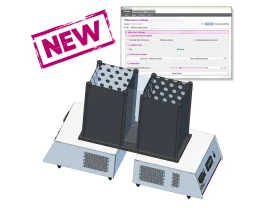
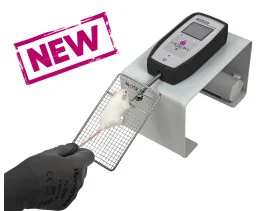
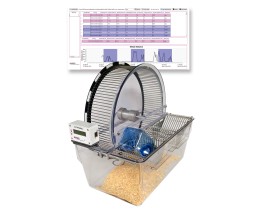

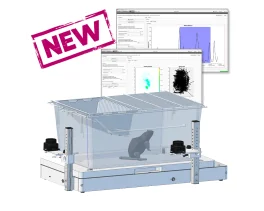

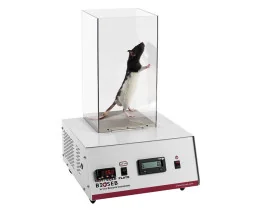
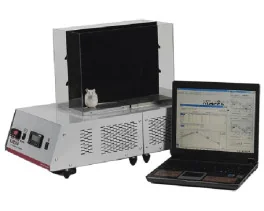

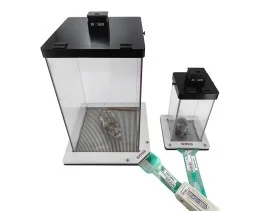

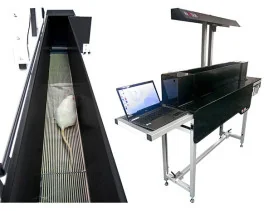




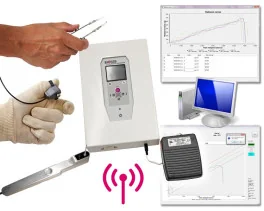



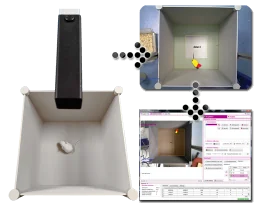


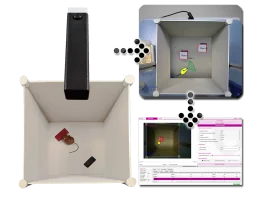













 Douleur
Douleur Système Nerveux Central (SNC)
Système Nerveux Central (SNC)  Neurodégénérescence
Neurodégénérescence Système sensoriel
Système sensoriel Système moteur
Système moteur Troubles de l'humeur
Troubles de l'humeur Autres pathologies
Autres pathologies Système musculaire
Système musculaire Articulations
Articulations Métabolisme
Métabolisme Thématiques transversales
Thématiques transversales Congrès & Meetings
Congrès & Meetings 